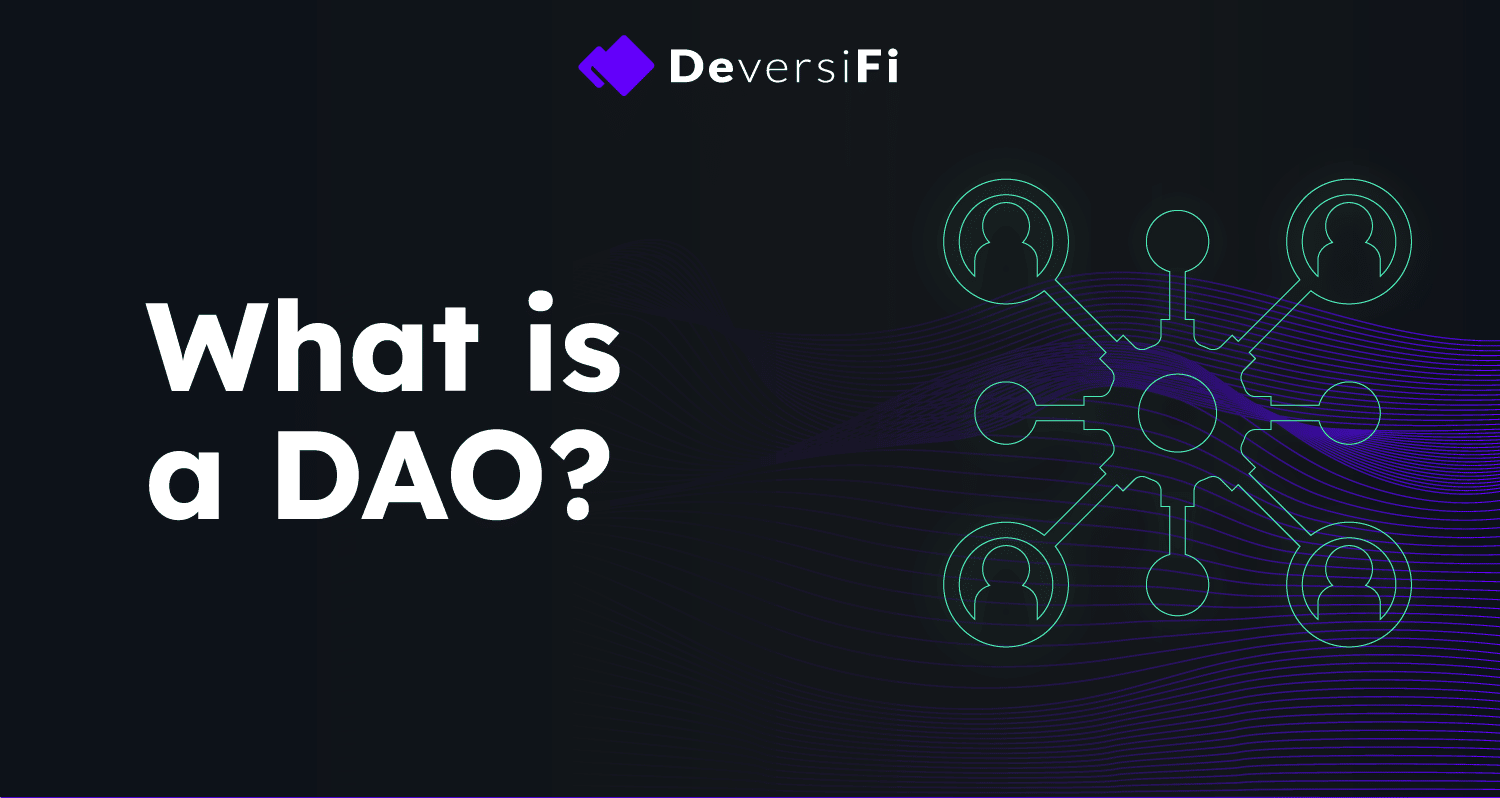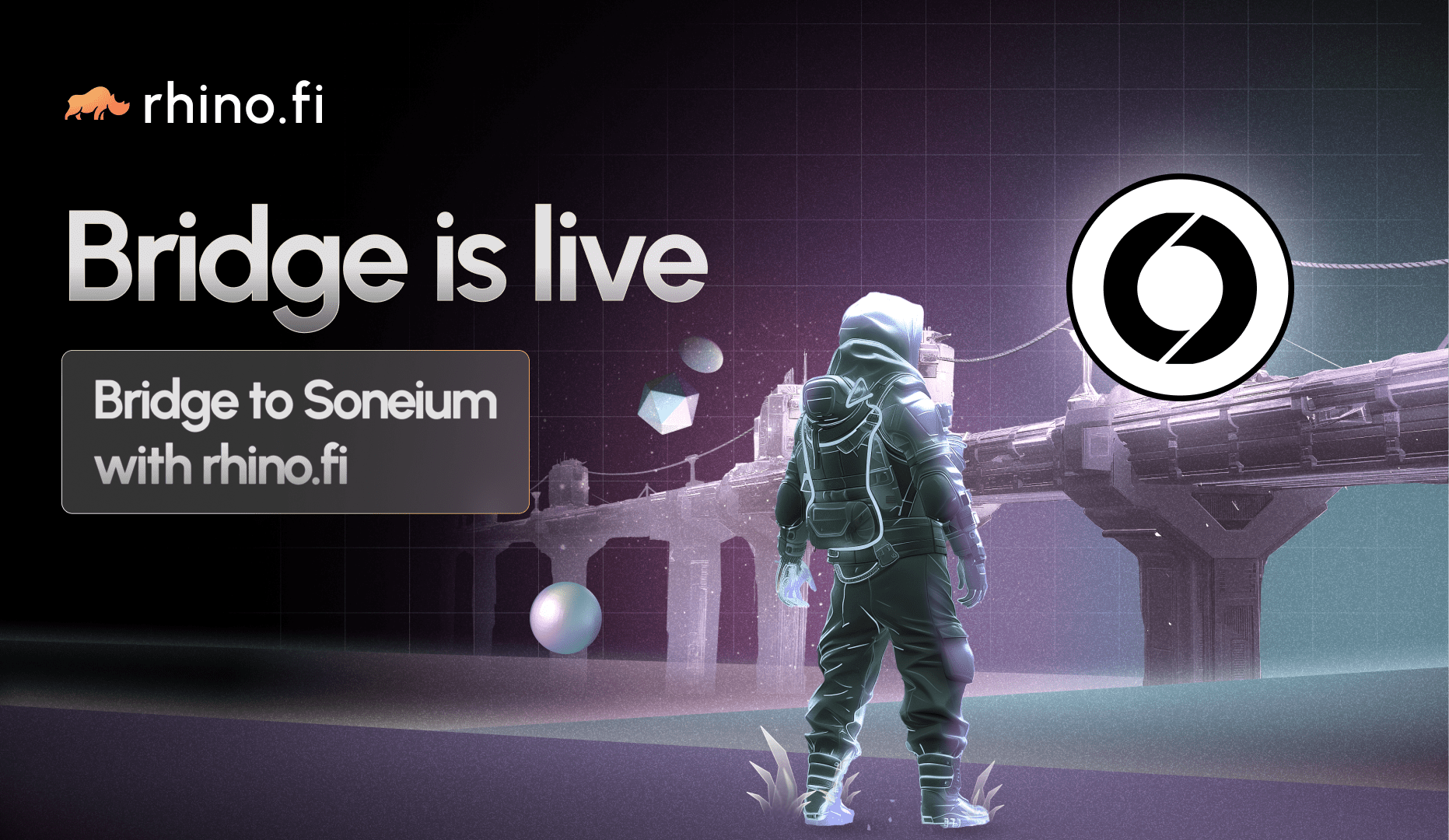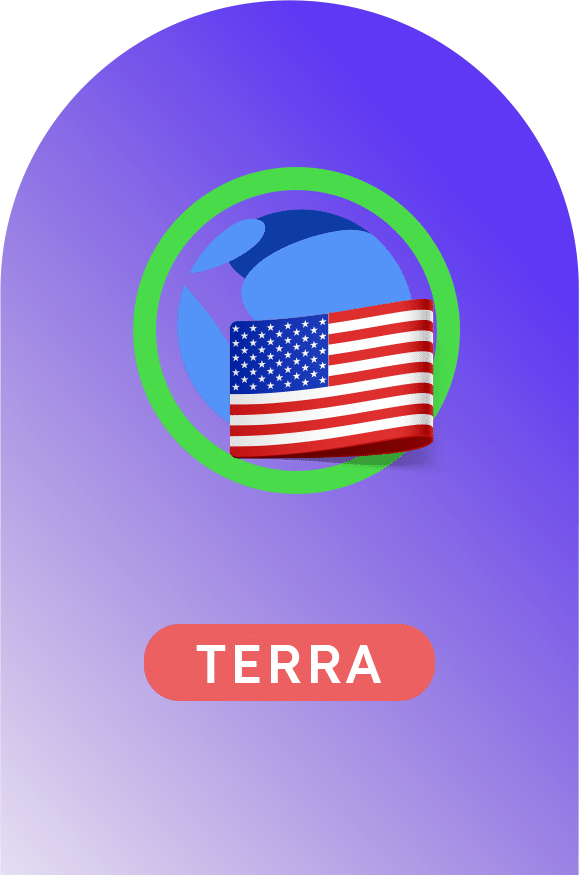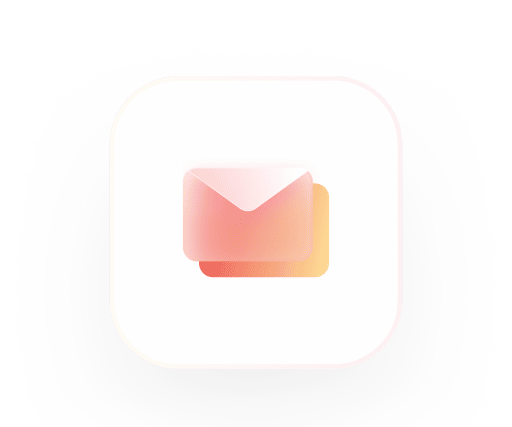The DAO is DeFi to its very core.
This autonomous body removes the need for a faceless board of decision-makers, and allows every stakeholder of a project to control its evolution. Not only that, but it awards power in proportion to involvement. In other words, the more you contribute to the project, the more say you have over its direction.
Little wonder, then, that more and more crypto protocols are adopting DAOs (Decentralised Autonomous Organisations), including DeversiFi. In this post, we’ll tell you everything you need to know (and a lot of stuff you probably don’t) about the concept, so you can take an active role in our own DAO and understand the benefits more generally.
The vision
To understand what is a DAO, you need to first understand the four core principles behind it.
- There is no central body controlling the project. It is owned and run by the community.
- Anyone can access the organisation from anywhere in the world, using universal technology.
- The project is controlled by its stakeholders: the people who are genuinely committed and share the long-term vision.
- All decisions regarding the future of the DAO are fair, free and trustless.
These principles are shaped by the unique demands of crypto projects. People come together from all over the world to build and maintain a network, and many never meet face to face.
For the whole idea to work, these people need to rely on one another. They need to know that their peers aren’t going to sabotage the protocol or take a decision in their own interests, rather than those of the collective. And, just as importantly, they need a governance structure that works across all customs and jurisdictions.
But, more than that, the DAO also embodies the core purpose of decentralised finance.
DeFI is meant to be fair, open and universal. The whole concept of traditional governance, with its rigid hierarchies and unaccountable decision-makers, contradicts these basic values.
The rules
The rules of a DAO are the basis for its entire modus operandi. These are designed to enshrine a core set of values and standards, which are totally transparent and tamper-proof. They underpin everything that comes afterwards.
At the outset, the creators of a project will set out their principles and policies. Once agreed, these rules are embedded as open-source code in a smart contract, a self-executing programme which is configured to perform specific actions on an ‘if/when… then’ basis.
A smart contract can govern practically any aspect of a project, but common functions include defining the rules of transactions, establishing the tokens that can be traded and distributing rewards and giveaways.
These contracts are stored on a blockchain, and a network of computers executes the necessary actions automatically, as soon as the prerequisite conditions are in place. Once the actions are executed, the network updates the blockchain.
Because the rules are publicly stored as code, all stakeholders can see them. Anytime, anywhere, with no room for ambiguity of misinterpetation.
The DAO council
As you’ve hopefully grasped by now, it’s not essential for a DAO to include a central council. Once the founding creators have set out the rules, they can, in theory, dissolve themselves.
However many councils remain in place, at least until the project is sufficiently mature that they can disband. The council performs the rule of a backstop, to ensure the DAO performs its core function and stays true to its principles.
The functions of a council can include resolving disputes, preventing malpractice by individual members and organising town-hall meetings. Members do not, however, have the power to change the rules unilaterally or force through their own decisions.
Once they have programmed the smart contract, the creators have no more power than anyone else.
Voting and proposing
For the people who support a DeFi protocol, the voting and proposing rights are the best part of the entire DAO.
Because, unlike conventional institutions, anyone has the power to influence a DAO. All stakeholders have the chance to suggest and decide changes to the project, regardless of their location, age or experience.
On top of the basic rules in the smart contract, a project will need to make ad-hoc decisions in response to events and opportunities. These include:
- Adoption of new coins and tokens on a trading platform.
- Tweaks to the distribution of fees and rewards.
- Alterations to the design and layout of the interface.
These decisions are routinely put to the entire community, without the founders being able to influence the decision one way or the other.
Those who want to have a say in these decisions simply have to display their commitment to the project. In the blockchain world, this often means buying and staking tokens in the protocol.
DeversiFi, for example, invites interested parties to stake DVF, our native governance token, and gain xDVF tokens. Once they do this, they get the right to vote on all our proposed changes, both big and small. The weight of their vote is proportional to the amount of xDVF they hold.
Proposals may be suggested by the council, but they may also be put forward by the stakeholders themselves. Indeed, DeversiFi invites xDVF token-holders to propose their own changes, which will be then be voted on by other stakeholders.
The voting and proposal stages usually rely on two specific technologies.
- A digital forum, where proposals can be made and discussed by the whole community (you can find DeversiFi’s forum here).
- An arena for voting, which provides results that are both verifiable and tamper-proof. We use Snapshot, a decentralised voting tool which compiles votes off-chain, for added speed, and then records the results on the blockchain (LINK to our voting area).
Decisions
The decision-making process of a DAO is usually extremely simple. Again, it leaves no room for doubt or disagreement.
Typically, decisions are reached through broad consensus. In other words, each vote requires a simple majority to pass, although the definition of ‘majority’ varies from one DAO to the next (it will be determined in the smart contract).
Once a consensus has been reached, the blockchain is updated and the changes are enacted in accordance with the rules in the smart contract.
Funding and treasury
A DAO treasury functions just like any conventional treasury: it records assets and liabilities, income, and liquidity. However, there is a key difference.
With a DAO, the treasury cannot be opened without the approval of the entire group. There is no way for the creators, early adopters or anyone else to delve into the treasury at will.
Changes to treasury spending, are subject to a vote by all stakeholders, although DAOs may also include an oversight committee whose role is to prevent damaging decisions.
For example, DeversiFi’s DAO Council currently has the power to veto treasury proposals that have passed due to bugs in the system, have been rendered invalid or harmful by changing circumstances, or have been produced by a faulty governance process (which will then be subject to change proposals).
Note, however, that the DeversiFi council cannot bypass the governance process, or access the treasury to change DeversiFi’s parameters, without first submitting a proposal to the entire DAO membership. Over time, the veto function will be removed. For more on our treasury system, click here.
Want to join our DAO?
Now you’ve got your head around the question ‘what is a DAO?’, and hopefully seen the benefits, how about taking a stake in ours?
You can find out more about our token, and the rights it provides, by visiting our dedicated blog post here.
About DeversiFi
DeversiFi makes DeFi easy. Swap, Invest and Send without paying Ethereum network fees.
Website: https://rhino.fi/
Twitter: https://twitter.com/deversifi
Discord: https://discord.gg/bfNDxZqPSvf




